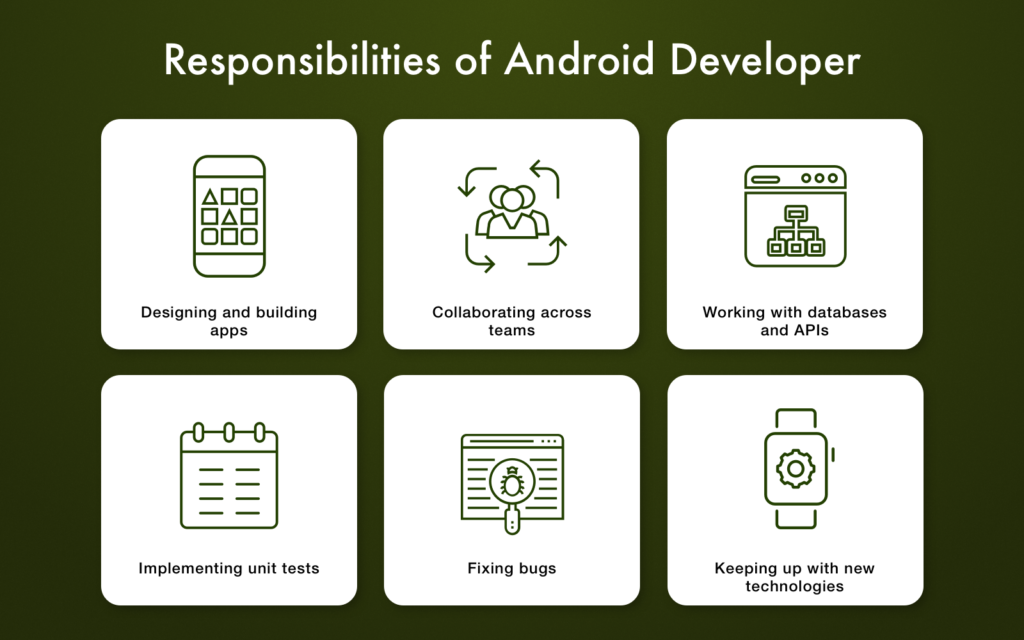Unleashing Creativity Steam Learning in Classrooms
Exploring STEM Wonders: Classroom Adventures
Engaging Students Through Hands-On Learning
In today’s rapidly evolving educational landscape, the integration of STEM (Science, Technology, Engineering, and Mathematics) education into classrooms has become increasingly vital. Educators are constantly seeking innovative approaches to engage students and foster a deeper understanding of these critical subjects. One such approach gaining traction is STEAM education, which incorporates the arts (STEAM stands for Science, Technology, Engineering, Arts, and Mathematics). By immersing students in hands-on activities that span multiple disciplines, educators can ignite curiosity, spark creativity, and prepare students for success in a technology-driven world.
Transformative Learning Experiences
At the heart of STEAM education are transformative learning experiences that go beyond traditional classroom instruction. Instead of passively absorbing information from textbooks or lectures, students actively participate in projects and experiments that require critical thinking, problem-solving, and collaboration. Whether designing and building prototypes in a makerspace, coding interactive animations, or conducting scientific investigations, students are empowered to take ownership of their learning and explore the interconnectedness of various disciplines.
Fostering Creativity and Innovation
STEAM education encourages students to think outside the box and embrace failure as an integral part of the learning process. By engaging in open-ended projects and inquiry-based learning, students learn to approach challenges with a growth mindset, viewing setbacks as opportunities for growth and iteration. This emphasis on creativity and innovation not only prepares students for careers in STEM fields but also equips them with the adaptability and resilience needed to thrive in an ever-changing world.
Empowering Students Through Collaboration
Collaboration is a cornerstone of STEAM education, as students work together to brainstorm ideas, troubleshoot problems, and bring their projects to fruition. By collaborating with peers from diverse backgrounds and skill sets, students learn to communicate effectively, leverage each other’s strengths, and appreciate the value of teamwork. This collaborative spirit mirrors real-world STEM professions, where interdisciplinary collaboration is essential for tackling complex challenges and driving innovation.
Integrating STEAM Across the Curriculum
While STEAM education often takes center stage in dedicated STEM or STEAM courses, its principles can and should be integrated across the curriculum. By infusing STEAM concepts into subjects such as language arts, social studies, and even physical education, educators can provide students with a holistic understanding of how STEM disciplines intersect with the world around them. For example, students might analyze the societal impact of technological innovations, explore the historical context of scientific discoveries, or calculate the physics behind athletic performance.
Addressing Equity and Inclusion
As educators embrace STEAM education, it’s crucial to ensure that all students have access to these enriching learning experiences. This means addressing systemic barriers to participation, such as inequitable funding, limited resources, and implicit biases. By adopting inclusive pedagogical practices and providing support structures for underrepresented students, educators can create a more equitable learning environment where every student feels valued, empowered, and capable of success.
Preparing Students for the Future
In an increasingly complex and interconnected world, the skills gained through STEAM education are more valuable than ever. By cultivating a generation of critical thinkers, problem solvers, and innovators, educators are preparing students to tackle the grand challenges of the 21st century, from climate change and healthcare disparities to technological advancement and global sustainability. Through hands-on exploration, collaborative teamwork, and creative expression, students are not only mastering STEM concepts but also developing the skills and mindset needed to shape a brighter future for themselves and their communities. Read more about classroom steam education



